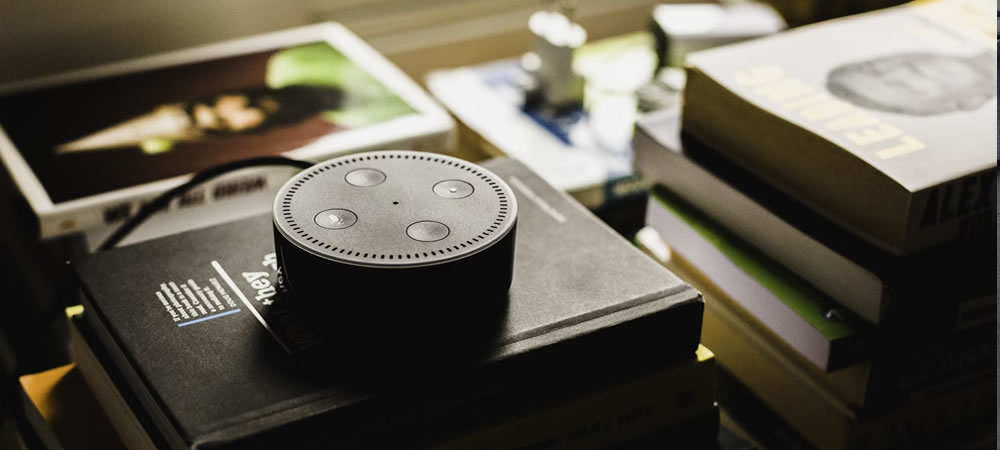Home automation has revolutionized the way we interact with our living spaces, offering convenience, efficiency, and customization like never before. From controlling lights and thermostats to managing security cameras and entertainment systems, the possibilities for automation are endless. In this comprehensive tutorial, we'll guide you through the process of mastering home automation, step by step, so you can create a smart home tailored to your needs and preferences.
1. Assess Your Needs and Priorities: The first step in mastering home automation is to assess your needs and priorities. Take inventory of your existing devices and systems, identify areas where automation could improve efficiency or convenience, and prioritize which features are most important to you. Whether you're focused on energy savings, security, entertainment, or convenience, understanding your goals will help you make informed decisions about which automation solutions to implement.
2. Choose a Home Automation Hub or Platform: Next, choose a home automation hub or platform to serve as the central control system for your smart home. There are several options available, including popular platforms like Amazon Alexa, Google Assistant, Apple HomeKit, and Samsung SmartThings. Consider factors such as compatibility with your existing devices, ease of use, and integration with third-party services when selecting a platform.
3. Select Compatible Smart Devices: Once you've chosen a home automation platform, select compatible smart devices to integrate into your system. These may include smart lights, thermostats, door locks, security cameras, motion sensors, and entertainment systems. Look for devices that are compatible with your chosen platform and offer the features and functionality you desire. Keep in mind that interoperability between devices is key to creating a seamless and cohesive smart home experience.
4. Install and Configure Your Devices: Install and configure your smart devices according to the manufacturer's instructions. This may involve connecting devices to your home Wi-Fi network, downloading and configuring companion apps, and setting up device-specific settings and preferences. Take care to follow best practices for device placement and installation to ensure optimal performance and functionality.
5. Create Automation Routines and Scenes: Once your devices are installed and configured, create automation routines and scenes to automate common tasks and actions. For example, you can create a "Good Morning" routine that turns on the lights, adjusts the thermostat, and starts playing your favorite music when you wake up, or a "Goodnight" routine that locks the doors, turns off the lights, and sets the alarm before bedtime. Experiment with different combinations of devices and actions to find the routines that work best for you.
6. Explore Advanced Features and Integrations: As you become more familiar with home automation, explore advanced features and integrations to further enhance your smart home experience. This may include integrating third-party services and devices, creating custom scripts or automations using platform-specific tools or APIs, and experimenting with voice control, geofencing, and other advanced automation techniques.
7. Monitor and Maintain Your System: Finally, regularly monitor and maintain your home automation system to ensure optimal performance and security. Keep your devices and software up to date with the latest firmware and software updates, troubleshoot any issues or malfunctions promptly, and review and adjust your automation routines and settings as needed to accommodate changes in your lifestyle or preferences.
Conclusion: By following this step-by-step tutorial, you can master home automation and create a smart home that enhances your quality of life and fits your unique needs and preferences. Whether you're a beginner looking to dip your toes into automation or an experienced enthusiast seeking to take your smart home to the next level, there's never been a better time to embrace the possibilities of home automation and unlock the full potential of your living space.

